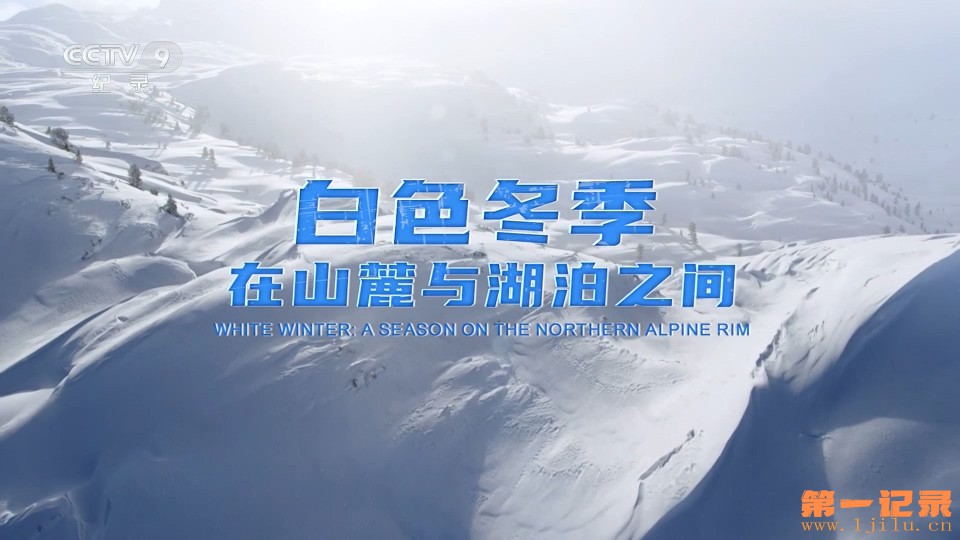马上注册,下载更多资源!
您需要 登录 才可以下载或查看,没有账号?我要注册
x

8 p0 w5 d: B6 E, ]& [1 u9 _) p y! i◎译 名 白色冬季:在山麓与湖泊之间/White Winter
) r' c* x, R. a+ M( v2 _7 N9 A& f1 T◎片 名 Winter am Alpenrand% i/ W: ~+ g! I- y* l
◎年 代 2022
$ H ?6 e# F* @+ u+ L5 ]◎产 地 德国5 C' K; g$ ~7 i. g5 t
◎类 别 纪录片
6 |4 d# _ R3 g' C, D◎语 言 德语# w) c7 ]9 ^1 w: K d- V K
◎上映日期 2022-12-27(德国)
4 }; }9 K( T$ q8 z3 p9 p% C6 C◎IMDb链接 https://www.imdb.com/title/tt25189966/- o4 W/ }: J$ B1 z& ]
◎豆瓣评分 /10 from 0 users
3 X! z: d' b( q( K4 ]# o$ F0 Y◎豆瓣链接 https://movie.douban.com/subject/37199597/% d/ z+ w2 K$ k& \$ {
◎片 长 44分钟$ _/ c3 l ~3 {( `: }
◎导 演 简·哈特 Jan Haft
& @* ]/ r" {$ O4 u( x◎编 剧 简·哈特 Jan Haft
9 |2 x1 [1 Q' f" b) Y. @- _0 Y& k9 a
◎简 介+ p1 P6 w& b9 o7 o6 S
/ a/ Y; d; }2 Y' S) j
在阿尔卑斯山北部边缘地带,冬季白雪皑皑,山区仿佛一座雕塑公园。动物们面对严冬,各有生存策略。欧洲绿啄木鸟以昆虫为食,如蚂蚁,但在寒冷季节里需挖掘遗种觅食。白昼短,太阳能量有限,部分昆虫仍活跃。初雪降临,动物们面临严酷挑战,如欧洲马鹿需迁徙到积雪较少的地方觅食,但因人类限制其活动范围而受限。同时,松鼠在枝头发现果实,异灵和岭岩六等动物在裸露的草地上觅食种子和昆虫幼虫。冬季里,人类活动如滑雪和猎杀对动物构成威胁,但黄嘴山鸭等动物仍能适应该环境。溪流中,河巫等水生动物依赖足够的食物过冬,而变温鱼类在冰层下依然活跃。阿尔卑斯山下的沼泽地是灰鹤等珍稀动物的栖息地,同时人类建筑也成了许多动物的越冬场所。随着冬季接近尾声,动物们开始活跃,如野兔、凤头麦鸡等回归自然,而湖水解冻后,更多动物返回栖息地。最终,随着积雪融化,大地复苏,各种动植物开始新的生长周期。
/ Z$ J# A+ T& p- L/ o In southern Germany, winter can still be admired in all its glory every year. With its white coat of snow and icicles and myriads of small crystals that look like geometric works of art. In the valleys and on the slopes the snow is still so thick every year that the alpine huts are snowed in up to the windows. Cows and dairymen are safe in their farms at lower altitudes. But not the wild creatures of the mountains. They need strategies to survive the cold season and to defy snow masses, cold and ice. And some seem to do it so easily that they even raise their young in the middle of winter. But how do animals, plants and fungi cope with the annually recurring ice age, which from our perspective is a time of need? The many adaptations in nature prove that winter is an integral part of the natural cycle of the year and the living environment of species. They are adapted to cold and frost. That is why the animals and plants at the edge of the Alps suffer particularly from climate change.
$ W3 c+ f( t# J" \' N' L
3 r$ K) [! X5 m& Z: L% |+ j ; W. G! w- h3 j! \ ; W. G! w- h3 j! \
9 K- t7 u4 P9 _$ d" B# S
) p2 a5 v6 U2 n* |
|